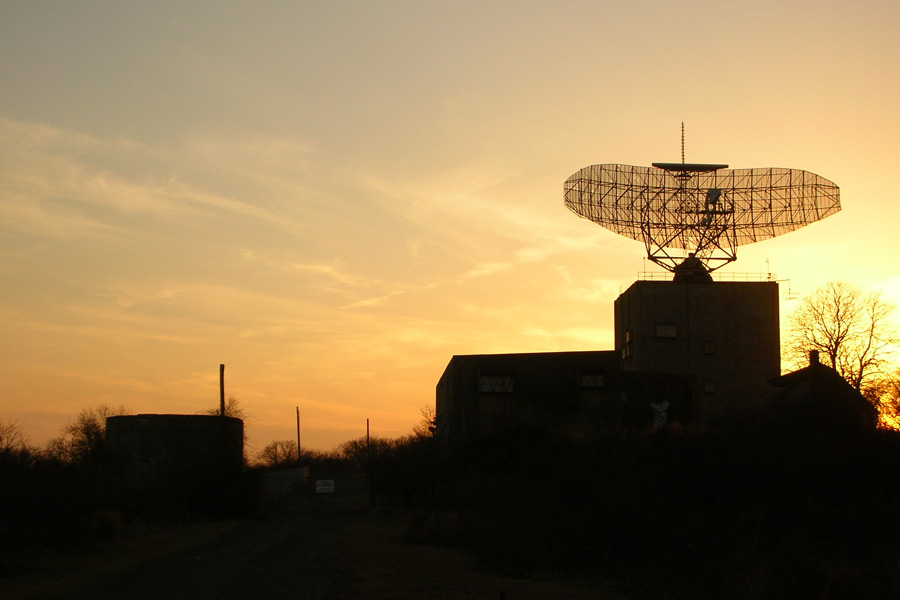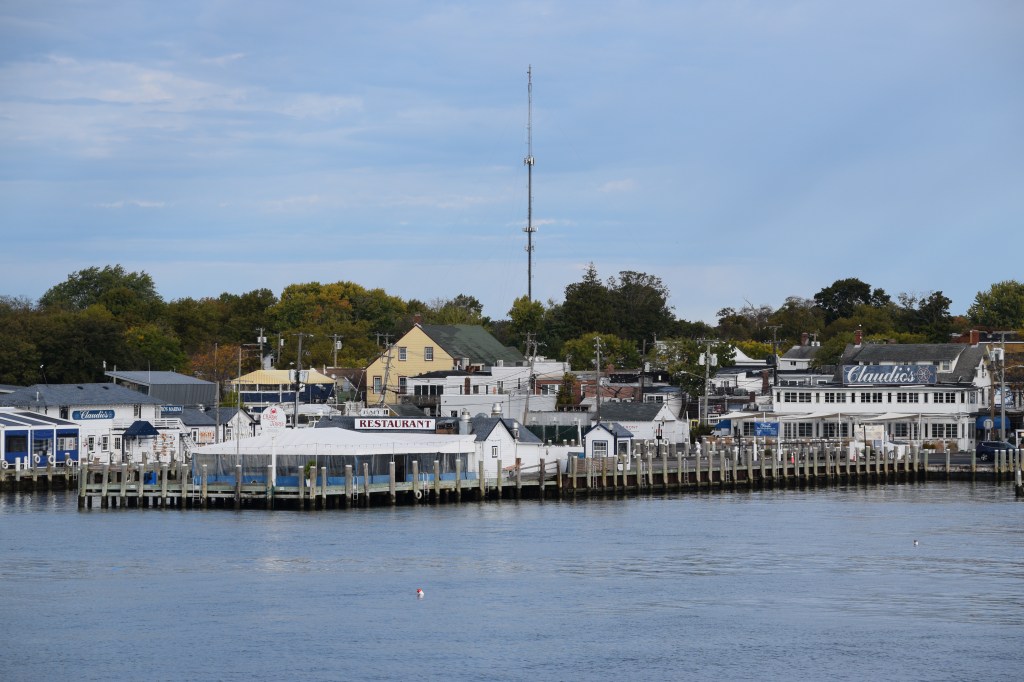Camp Hero State Park: Hike Where History and Legend Meet in Montauk

Few destinations on the East End are as controversial or compelling as Camp Hero in Montauk. This defunct Air Force base is ground zero for dozens of bizarre legends and conspiracy theories involving secret government experiments with mind control, teleportation, alien technology, LSD, abducted and abused children, time travel—you name it. It’s scary, really, but that’s part of what makes it such a cool area to hike.
Anyone who’s spent time at Camp Hero, even since it became a public park in 2002, will admit a slightly sinister vibe hangs over the shuttered concrete and rusted metal structures, long decommissioned 16-inch gun batteries, the monolithic SAGE radar tower, dense woods and the curious hatches and tunnel entrances hidden beneath and behind tangled overgrowth. Where do they lead? Are the rumors of secret subterranean laboratories and the horrific nightmares that occurred there true?
After World War II, the Air Force did radar surveillance at Camp Hero, and it eventually became a major part of the NORAD defense system during the Cold War, so security was extremely tight. This and the probability that some underground bunkers exist at the facility may have helped inspire Preston Nichols and Peter Moon’s 1992 book, The Montauk Project: Experiments in Time, which set the conspiracy theory snowball in motion.
When Camp Hero was deeded as a park after the military left in 1984, the paperwork said the state would own everything on the surface of the base, while the government retained ownership of everything beneath the ground. It’s an odd fact that lends credence to claims about secret underground facilities. A keen eye will notice hatches and doors all around the base, even in the woods, leading who knows where, far from the most prominent cluster of buildings.
It’s illegal to go inside them, but just walking around these creepy buildings from the past, seeing them in person, is worth the visit to Camp Hero. It’s a place where history, folklore and legend meet. When the base was created in 1942, much of it was designed to appear to potential invaders as a quaint fishing village, so concrete bunkers and pillboxes in the shape of wooden homes abound—there’s even a gymnasium disguised as a church.
A dining hall, water tower, barracks, bowling alley and more also remain there. And while these defunct military structures are a National Historic Site and the park’s most visited area, there are more than 400 diverse acres to explore. In one day, an intrepid hiker can experience untouched maritime forests, freshwater wetlands, beautiful ocean views, precipitous bluffs and rocky beaches perfect for surfcasting.
An extensive system of trails can be enjoyed—on foot, bicycle, cross-country skis or horseback, and with a dog (on a leash no more than 6 feet long)—including the final stretch of Long Island’s famous Paumanok Path, which covers 125 miles between Rocky Point and Montauk Point. This is the trail inspired by Stephen Talkhouse, a 19th century Montaukett Indian known for his walks from Montauk to East Hampton and Sag Harbor.
As it was in Talkhouse’s time, an abundance of wildlife still lives within the park’s borders, and various birds, mammals or marine creatures can be seen during a hike almost anywhere within its borders. And the fishing, accessible 24 hours a day with permit, is good—really good. Swimming, however, is not officially permitted, given the dangerous rocks, but that doesn’t stop seals from frolicking here.
The Montauk Lighthouse stands atop the South Fork’s rocky tip just east of Camp Hero State Park, and visiting it makes for a perfect end to a day of adventure on The End.



